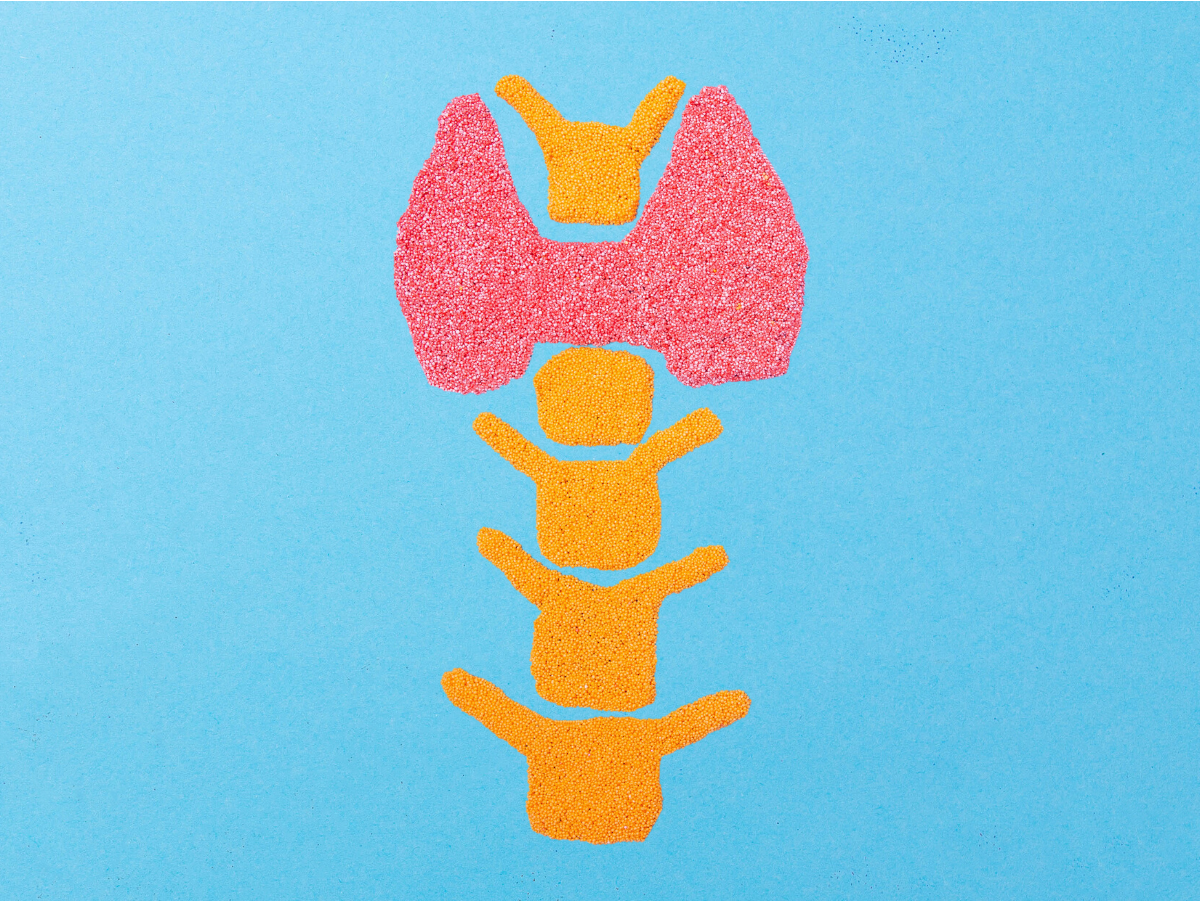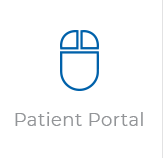What Are Thyroid Nodules?

Thyroid nodules are more common than you probably think. By the age of 60, 50% of all people have them. We’re going to answer a few of the commonly asked questions about thyroid nodules.
What are thyroid nodules?
To start, the thyroid gland is a fluid-filled or solid lump that develops on the airway in the lower neck. The thyroid gland produces the thyroid hormone, which helps to control many of the body’s metabolic functions. A thyroid nodule is an abnormal collection of cells within the thyroid gland and can present as a lump or bump in the lower neck. They can typically be felt during a general physical exam. Thyroid nodules are very common, with up to 50% of people developing thyroid nodules during their lifetime.
What are symptoms of thyroid nodules?
Many thyroid nodules do not cause symptoms. Very large cases can cause compression on surrounding structures in the neck, which can sometimes lead to changes in swallowing or breathing. If the nodule is producing an excess of thyroid hormones, it’s possible to develop symptoms of hyperthyroidism. Those can be rapid/irregular heartbeat, unexplained weight loss, muscle weakness, trouble sleeping, and nervousness. That being said, most thyroid nodules are non-functioning in nature. Often times, thyroid blood tests are normal in patients with nodules.
Most thyroid nodules appear as bumps in the lower neck, so they can be felt or seen in the mirror. If you suspect you have thyroid nodules, consult your doctor.
What are the differences between hot, warm and cold nodules?
Hot, warm, and cold are the three ways that thyroid nodules are classified. Nodules that produce excess thyroid hormone are classified as hot nodules. If they are nonfunctioning and appear as holes in the scan, they are cold nodules. A warm thyroid nodule is producing a normal amount of hormone. 85% of cold nodules, 90% of warm nodules, and 95% of hot nodules are benign.
How are thyroid nodules diagnosed? And how can it be treated?
Thyroid nodules are typically evaluated by thyroid ultrasound, which allows for the endocrinologist to tell if it is cancerous or not. Based on the findings of the ultrasound, the American Thyroid Association has recommendations to guide physician as to when additional workup of the nodules is needed. This can include fine needle aspiration biopsy or thyroid surgery. Biopsies are usually performed in the office, with ultrasound guidance. Thyroid biopsy results are classified into categories based on the appearance of the cells when viewed under a microscope. Ultimately, this classification system (the Bethesda System for Reporting Thyroid Cytopathology) will help you and your doctor decide whether your nodules can continue to be monitored with ultrasound, or whether additional testing or surgery is necessary. Treatment options will be determined the size and type of thyroid nodule. Your endocrinologist may even decide not to treat it in the case that the nodule isn’t cancerous and isn’t causing problems. To be safe, your doctor may perform occasional biopsies even if the nodule started out as benign.

By MMC Comprehensive ENT Specialist Britni Caplin, M.D.
Dr. Caplin spent her early life in West Virginia, prior to attending medical school and completing residency at Vanderbilt University in Nashville. Prior to her arrival at MMC, she worked in private practice in Massachusetts, then served as the Chief of Otolaryngology within the Tennessee Valley Healthcare System, while also holding an appointment as an Assistant Professor at Vanderbilt University Medical Center in the Department of Otolaryngology – Head & Neck Surgery.






